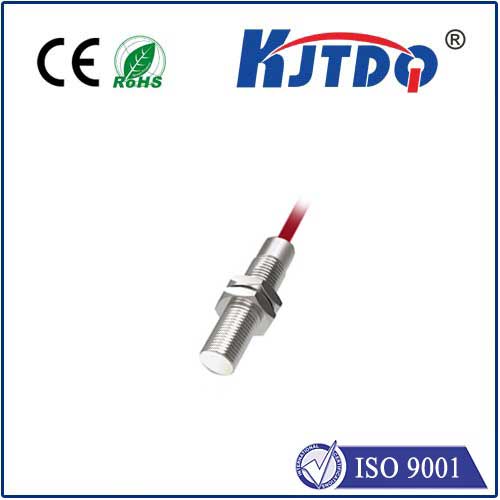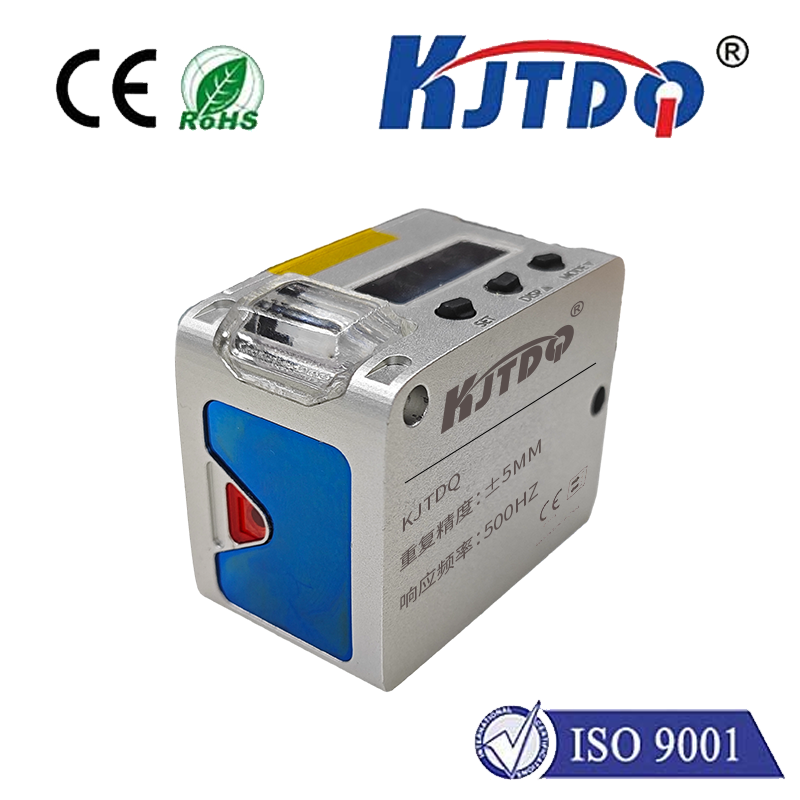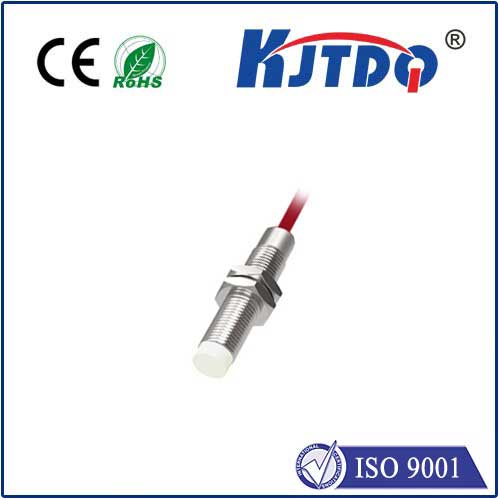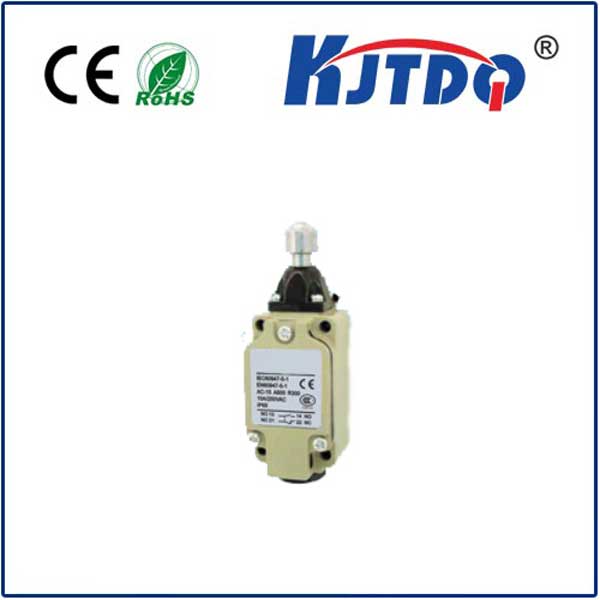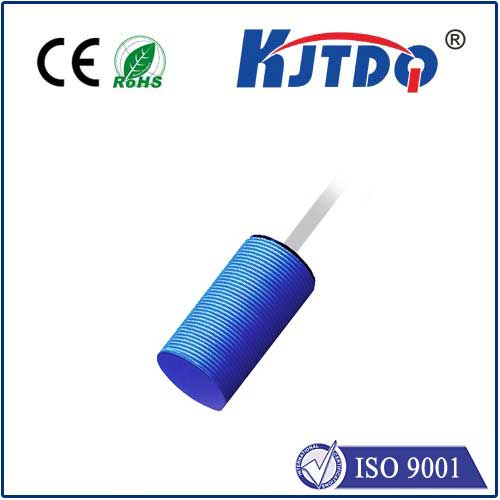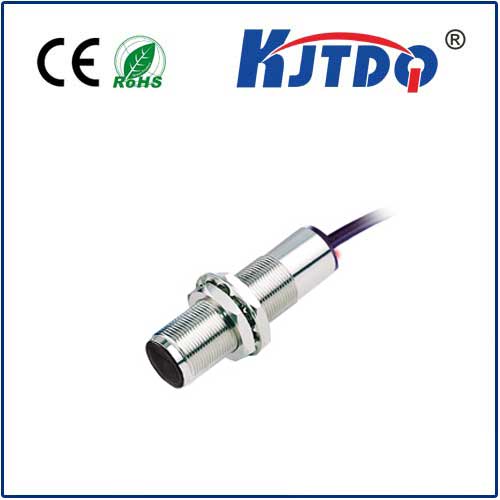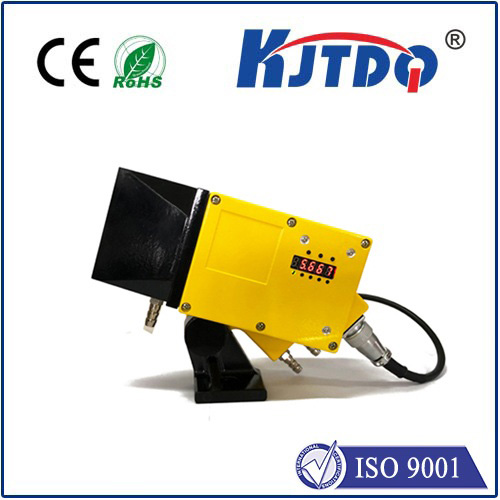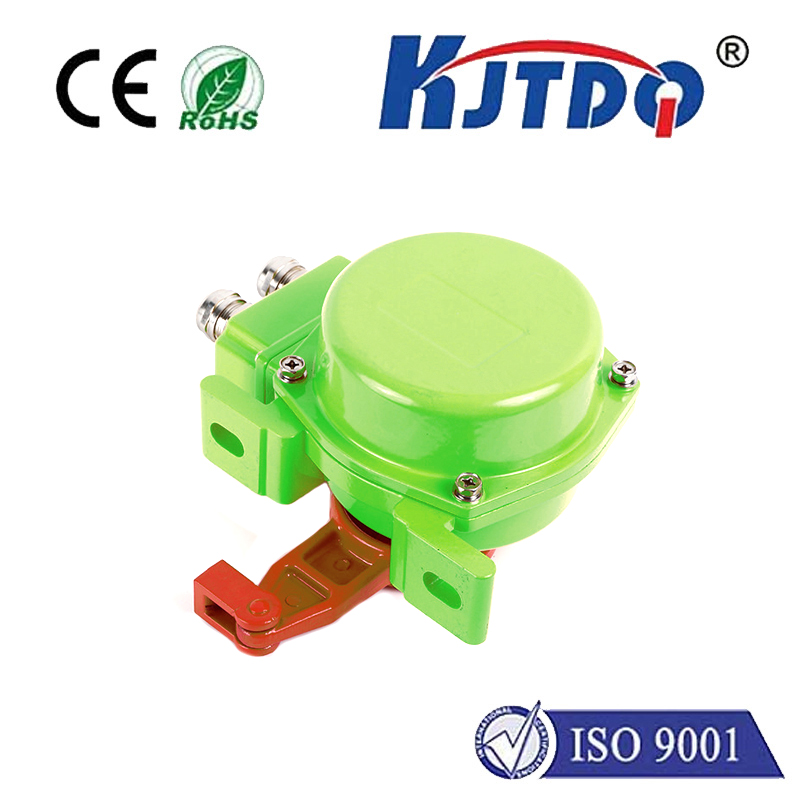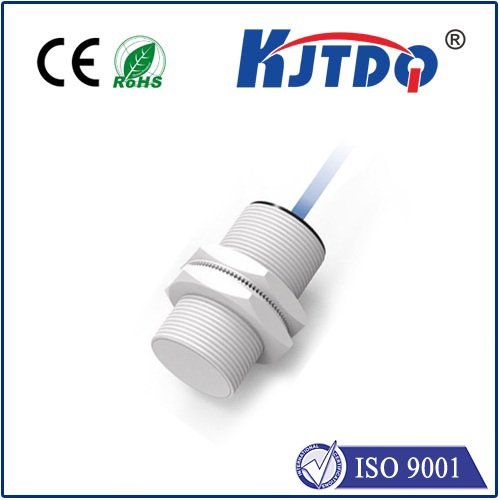

check

check

check

check

check

check

check

check

check

check
In industrial automation control, ultrasonic sensors are becoming more and more popular, using ultrasonic waves to measure distances, detect the position of objects, or determine the presence of items and other application scenarios. In order for you to better choose the ultrasonic sensor that suits you, this article will provide five key points to help you choose a satisfactory product.
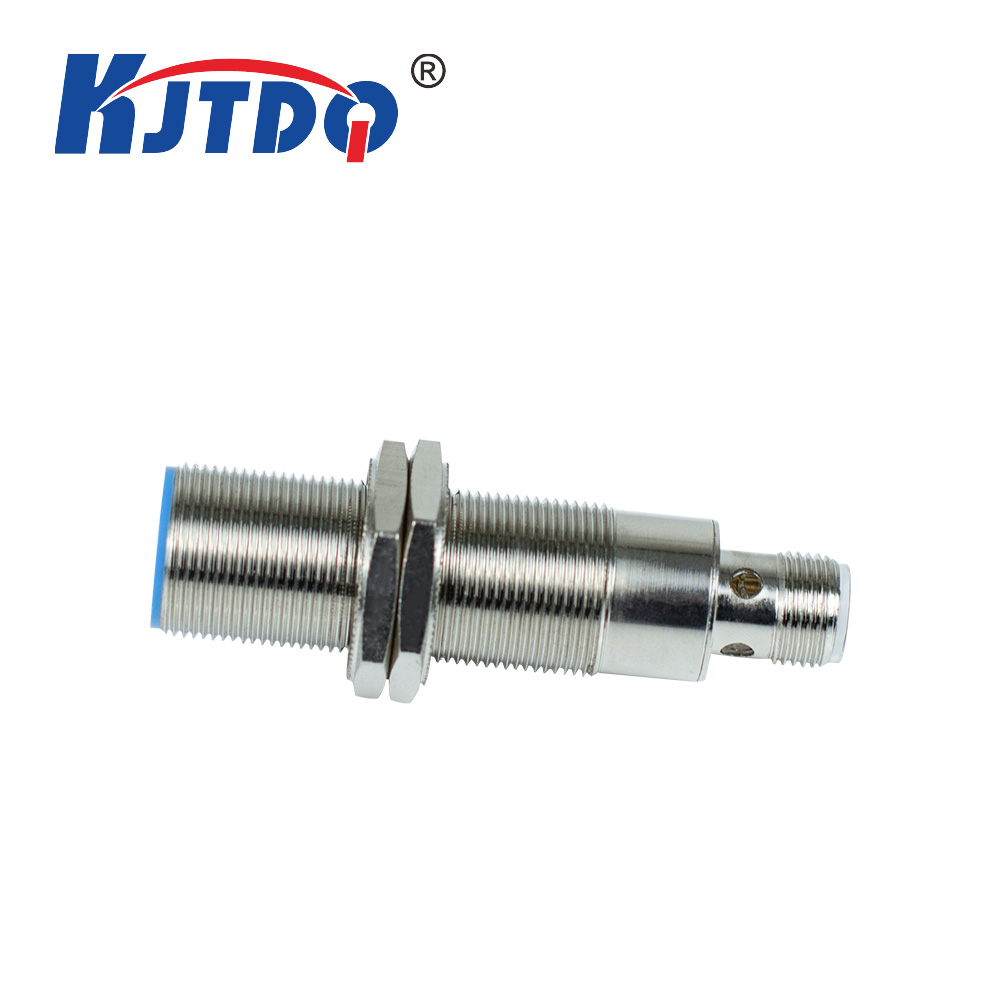
1.Measure distance
Ultrasonic sensors measure the distance of an object by emitting ultrasonic pulses and measuring the return time from any reflecting object. Since the propagation speed of ultrasonic waves is basically constant in most media, a calculation formula can be used to calculate the distance from the object to the ultrasonic sensor. When choosing an ultrasonic sensor, you need to consider its range of measurement distances and determine whether it is sufficient to measure the target you want to measure.
2.Detection accuracy
The frequency used by ultrasonic sensors is usually between 20kHz and 200kHz. The wavelength of this frequency is shorter than that of ordinary sound waves, so it can provide higher measurement accuracy. When selecting an ultrasonic sensor, focus on the accuracy and reliability of its design to achieve the required accuracy.
3. Material measurement
There are ultrasonic sensors that measure material thickness and changes within the material. For example, measuring uncured coatings or liquids on a production line to detect whether they have dried. When selecting an ultrasonic sensor, the required measuring depth and its measurement target need to be considered.
4. Environment
Ultrasonic sensors can operate in harsh environments such as humidity, temperature changes, and dust. However, some ultrasonic sensors are not adaptable to environmental changes, which will affect their measurement accuracy. When selecting an ultrasonic sensor, consider the use environment, the severity of the working environment, and whether the sensor has the ability to adapt to the environment.
5. Electronic interface
The electronic connection interface and communication protocol of the ultrasonic sensor should be compatible with your application. The most commonly used sensors are analog voltage output and digital signal output. When selecting an ultrasonic sensor, make sure you understand whether its electronic interface and communication protocols (e.g. UART, I2C, etc.) support your application before choosing the appropriate sensor model.
Before selecting an ultrasonic sensor, you first need to determine the measurement requirements in your application and consider them from many different dimensions. To find the best sensor for you, be sure to find and understand the ultrasonic sensor's technical specification sheet to understand the pros, cons, and considerations for each sensor. Through careful research and comparison, you can find the best ultrasonic sensor for your application.
